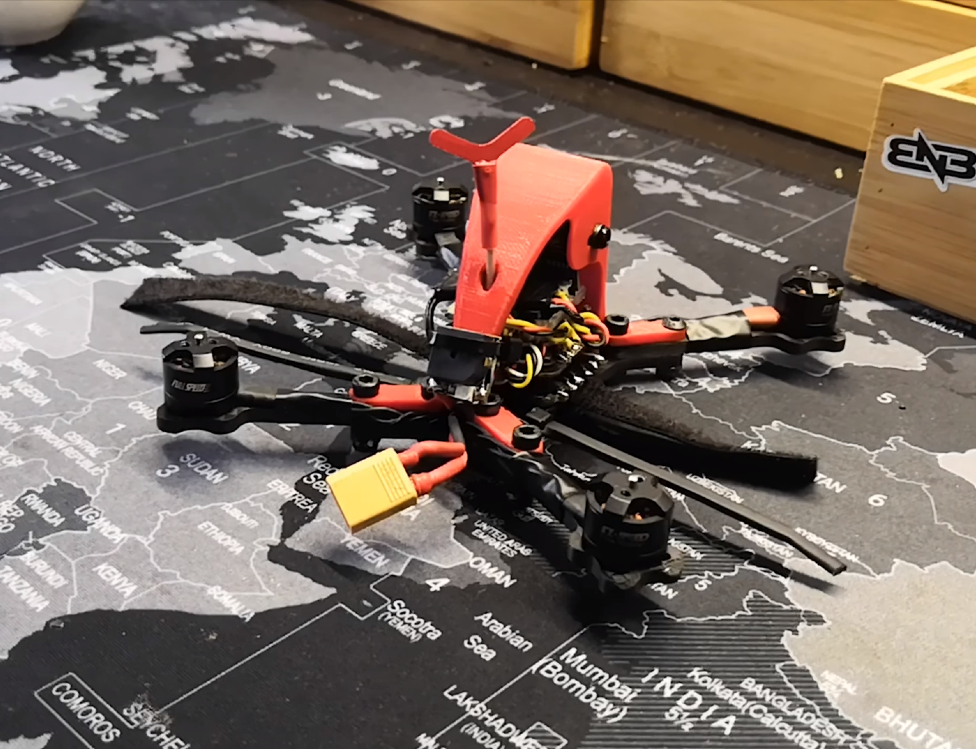In the era of Industry 4. 0 more and more enterprises decide to implement 3D printing in order to optimize their business processes.
The use of FDM technology is often one of the most advantageous solutions in the production of spare parts for machines and production lines and tooling. In addition, it is one of the fastest ways to make prototypes, including those with complex geometry.
3D printers can significantly reduce production time which gives companies the possibility to increase their competitiveness.
In the era of Industry 4.0, more and more enterprises focus on optimizing their daily processes. Many of them decide to pick additive manufacturing to cut spending and time dedicated to a project, diversify their offer, and upgrade the quality of the final products. Working in AM business for many years, at 3DGence we perfectly understand the scale of benefits that a professional 3D printer can bring to manufacturing spare parts for machines, tooling, or prototyping. A professional machine can significantly reduce the time of production and logistics, which gives companies the possibility to thrive. This article includes 12 real-life industrial 3D printing applications that allowed organizations to develop business strategies thanks to AM.
Geo Globe Poland uses 3D printers to produce prototypes of transportation trays, that are eventually used to secure the finished parts during the production process. The time of prototype creation plays a key role in the execution of the order for the end customer.
Creation of 3D printed prototypes allows to speed up the programming process of industrial robots located at production lines. The implementation time of a new line in a car plant was reduced even by three weeks thanks to 3DGence INDUSTRY F340.
3D printing is a much faster technology for making prototypes with complex geometry than conventional methods such as various types of machining.
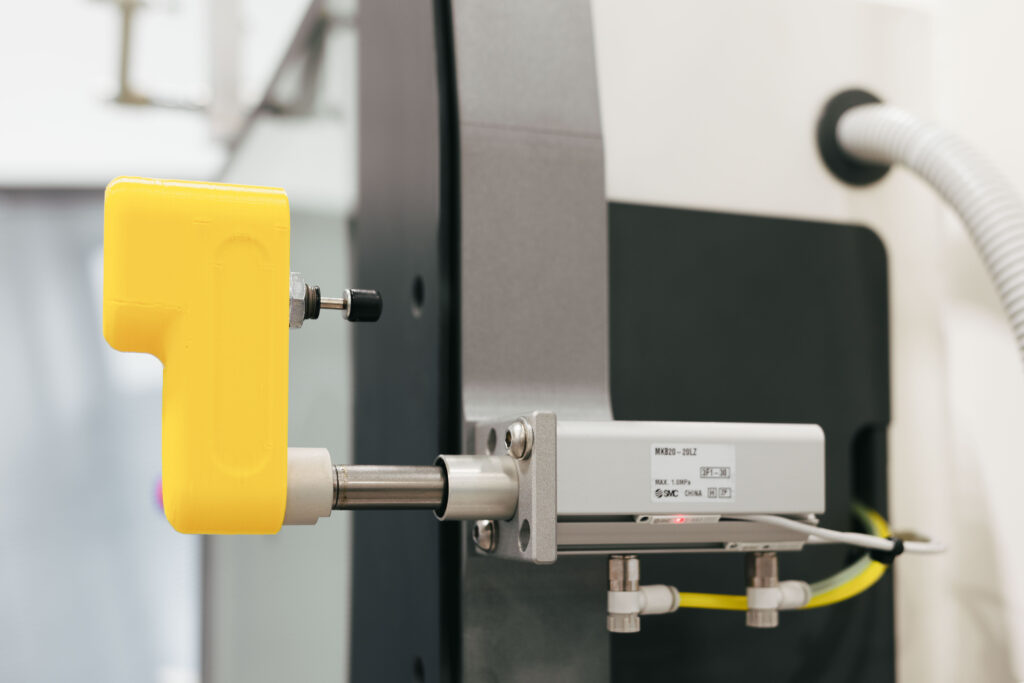
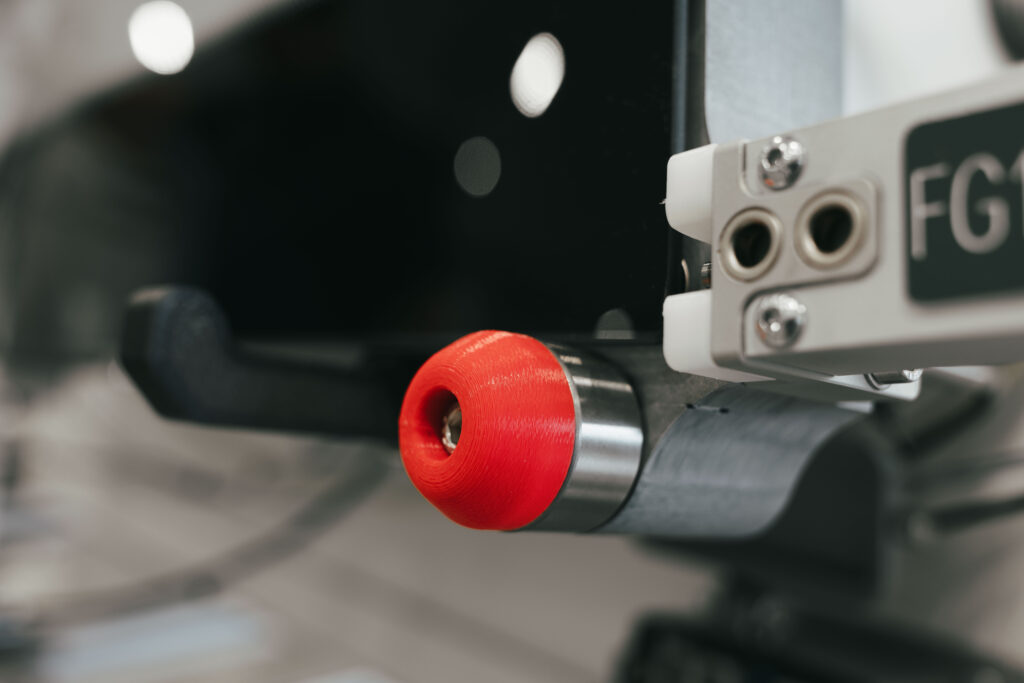
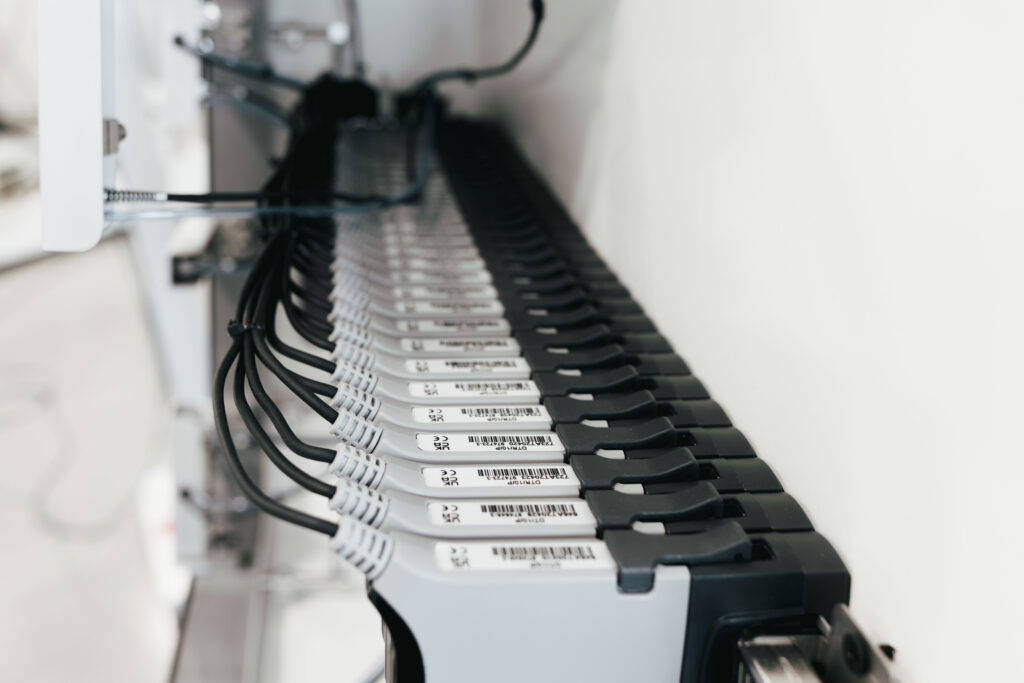
Founded in 1817, Johnson Matthey is a British multinational company focusing on chemicals and sustainable technologies. Being a part of this worldwide organization, Johnson Matthey Battery Systems (JMBS) is a global leader in designing and manufacturing li-ion batteries for various applications – from e-bikes and energy tools up to energy storage and healthcare. JMBS used to utilize a desktop 3D printer, however, this kind of machine had some major limitations (e.g., unable to print complex geometries, inadequate for large-size prints, and no guarantee of the dimensions’ stability). This was one of the main reasons why the company decided to add INDUSTRY F421. This decision affected multiple dimensions.
The true industrial 3D printer increased the manufacturing of modular trays and jigs by 75%. INDUSTRY F421 provides the required dimensional accuracy, quality of prints, repeatability, and process control. Moreover, it is compatible with all types of filaments (including high-performance materials), and this results in a 4 times longer lifetime of robust tooling. Asking for more benefits from implementing a professional 3D printer, a company’s representative points: large-size printouts, production flexibility, durability of prints, safety, and lower warehousing cost.
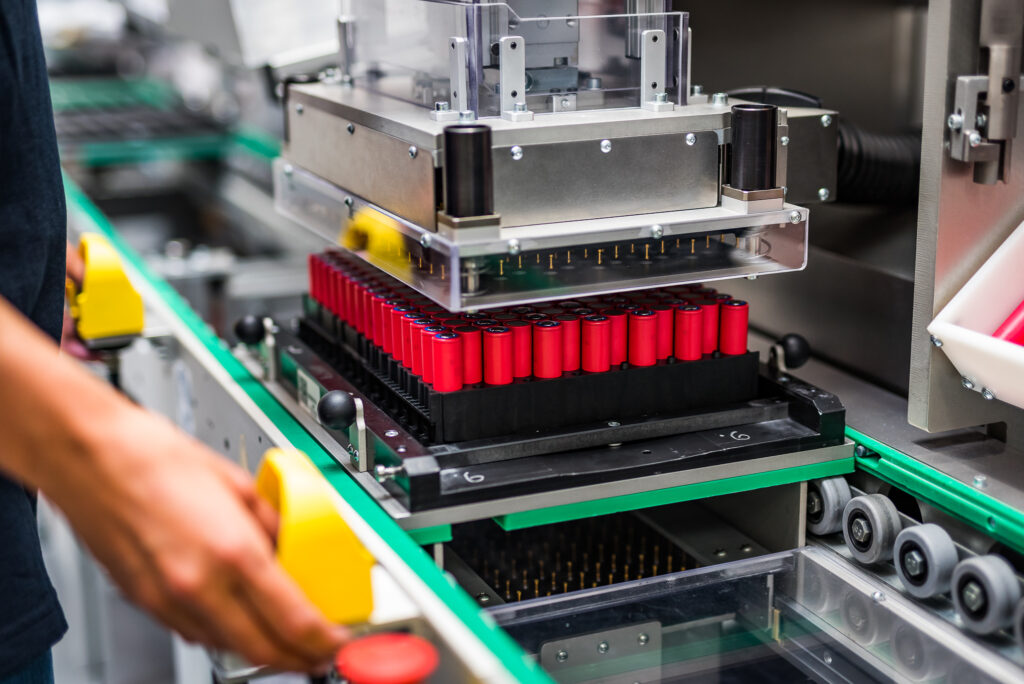
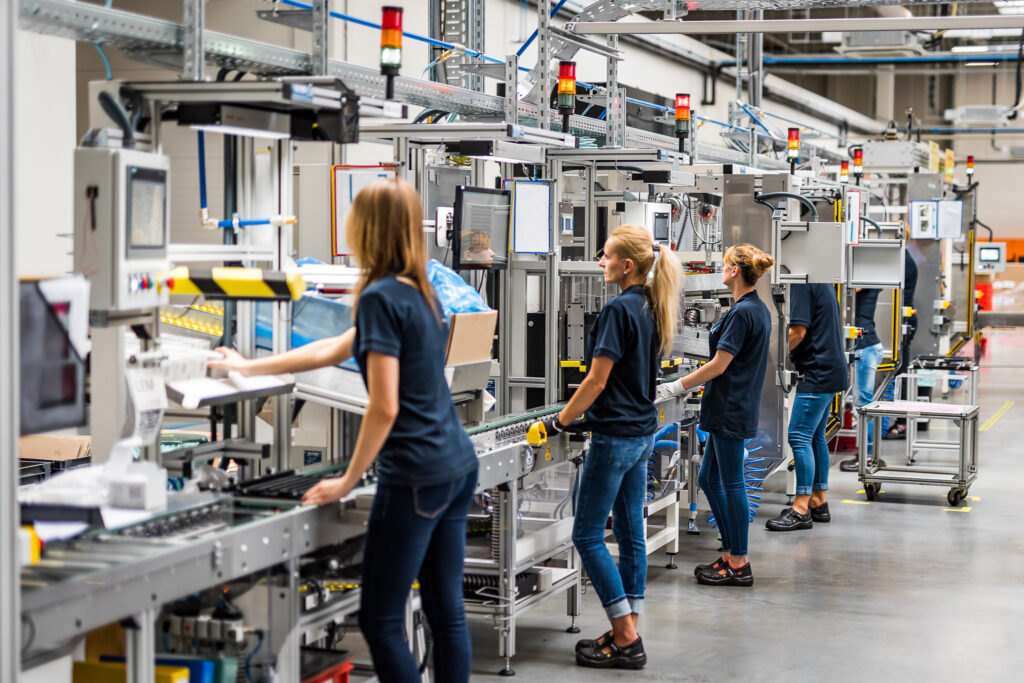
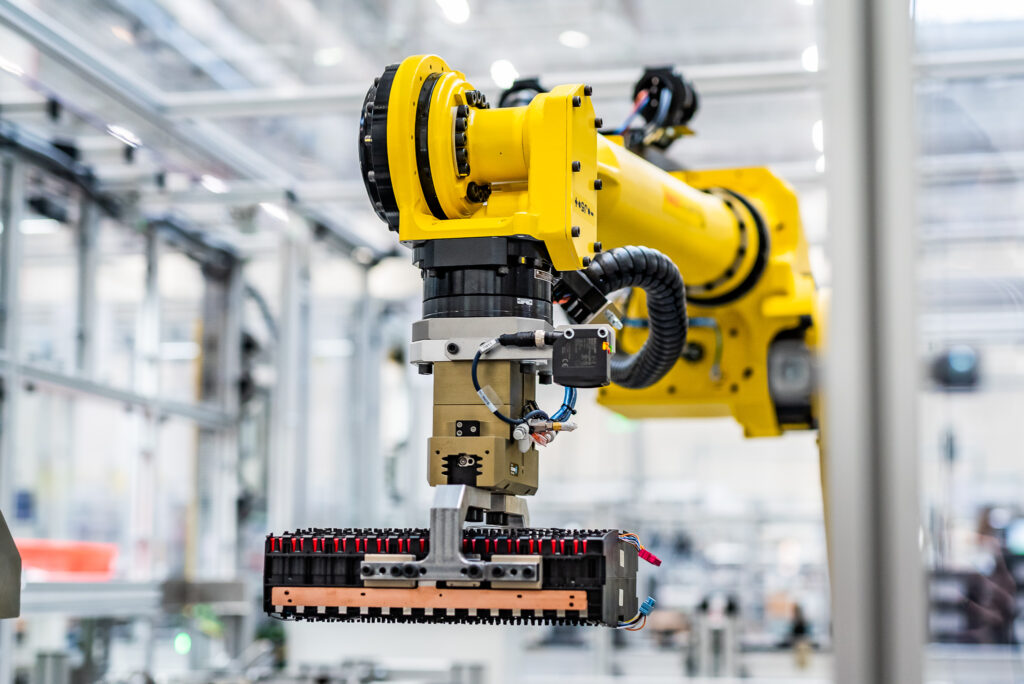
Geo Globe Poland utilizes 3D printers to manufacture prototypes for transportation trays, which are subsequently employed to secure finalized components throughout the production phase. The prompt generation of prototypes significantly influences the timely fulfillment of orders for end customers.
The printed prototypes expedite the programming of industrial robots stationed along production lines. The integration period for a new assembly line within an automobile manufacturing facility was notably shortened, by up to three weeks, thanks to the implementation of 3DGence INDUSTRY F340.
In comparison to traditional approaches (e.g. various types of machining), 3D printing emerges as a considerably better technology for producing prototypes with intricate geometries.
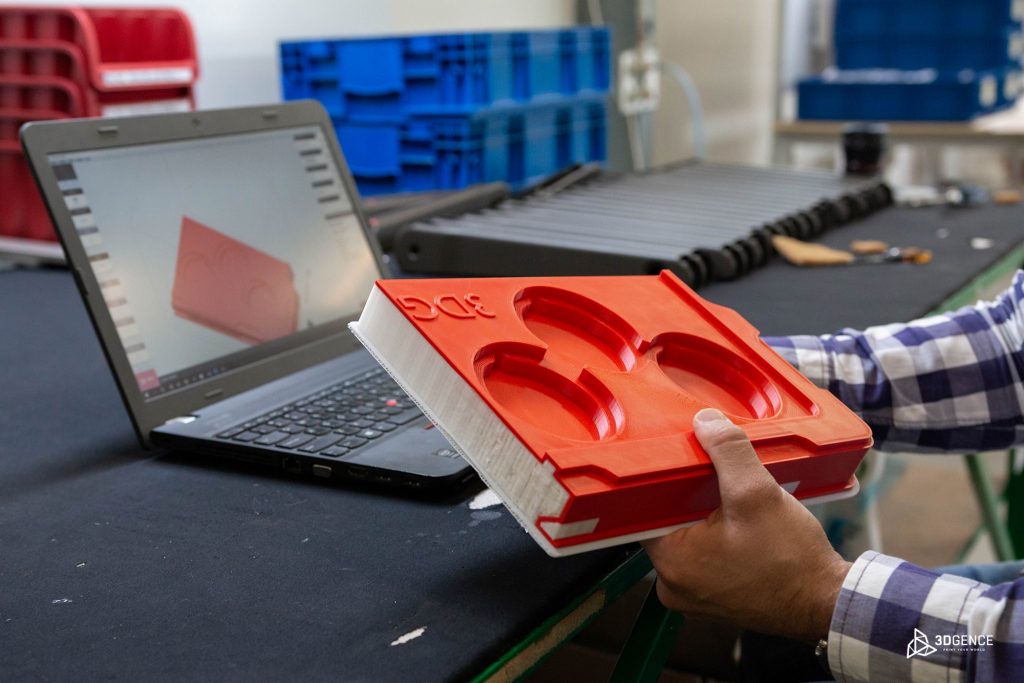

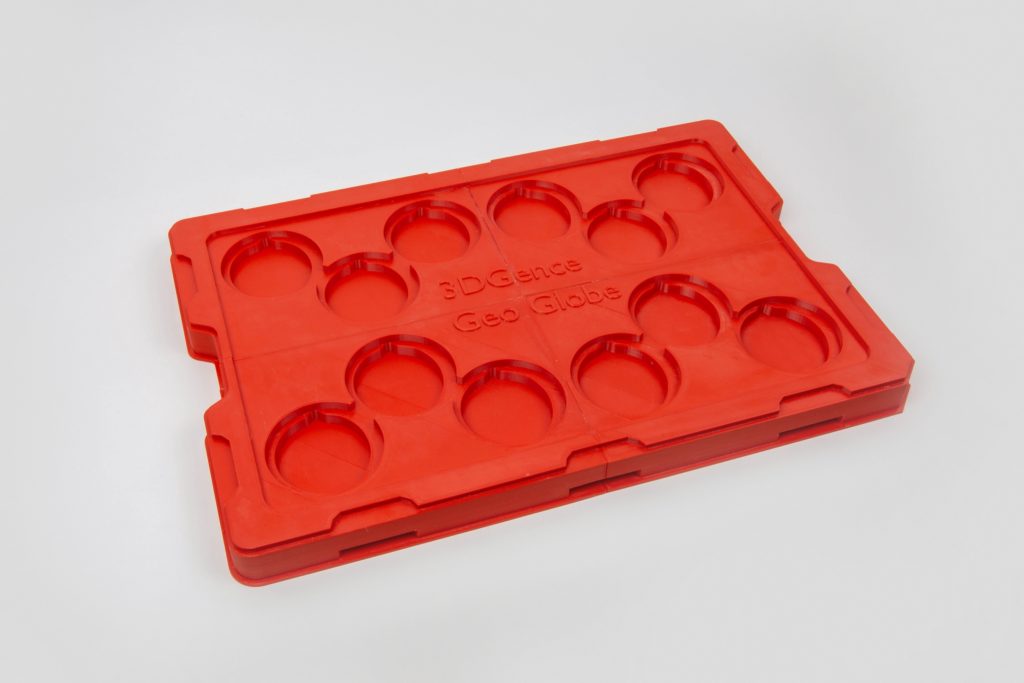
Emtel, a provider of medical equipment, designed a new casing for a patient monitor model employing 3D printing technology. Project validation was facilitated by integrating target components into the 3D-printed enclosure.
The components produced through injection technology did not require any adjustments. The approval of documentation for injection mold production proved to be highly efficient.
Typically, the production timeline for models and prototypes sourced from external entities spans at least one month. However, in the case of the patient monitor prototype, it was delivered within 5 days, resulting in a remarkable 25-day reduction in lead time.
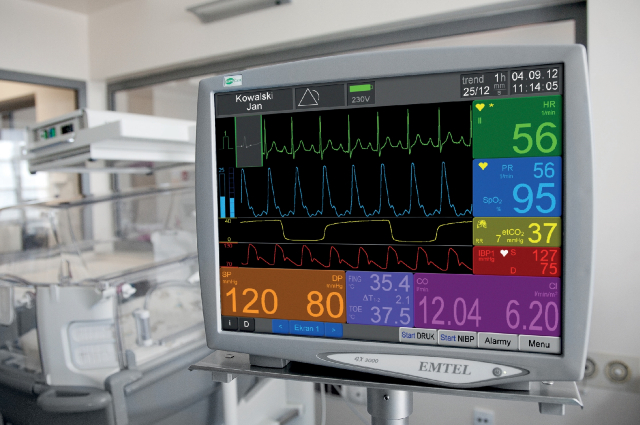
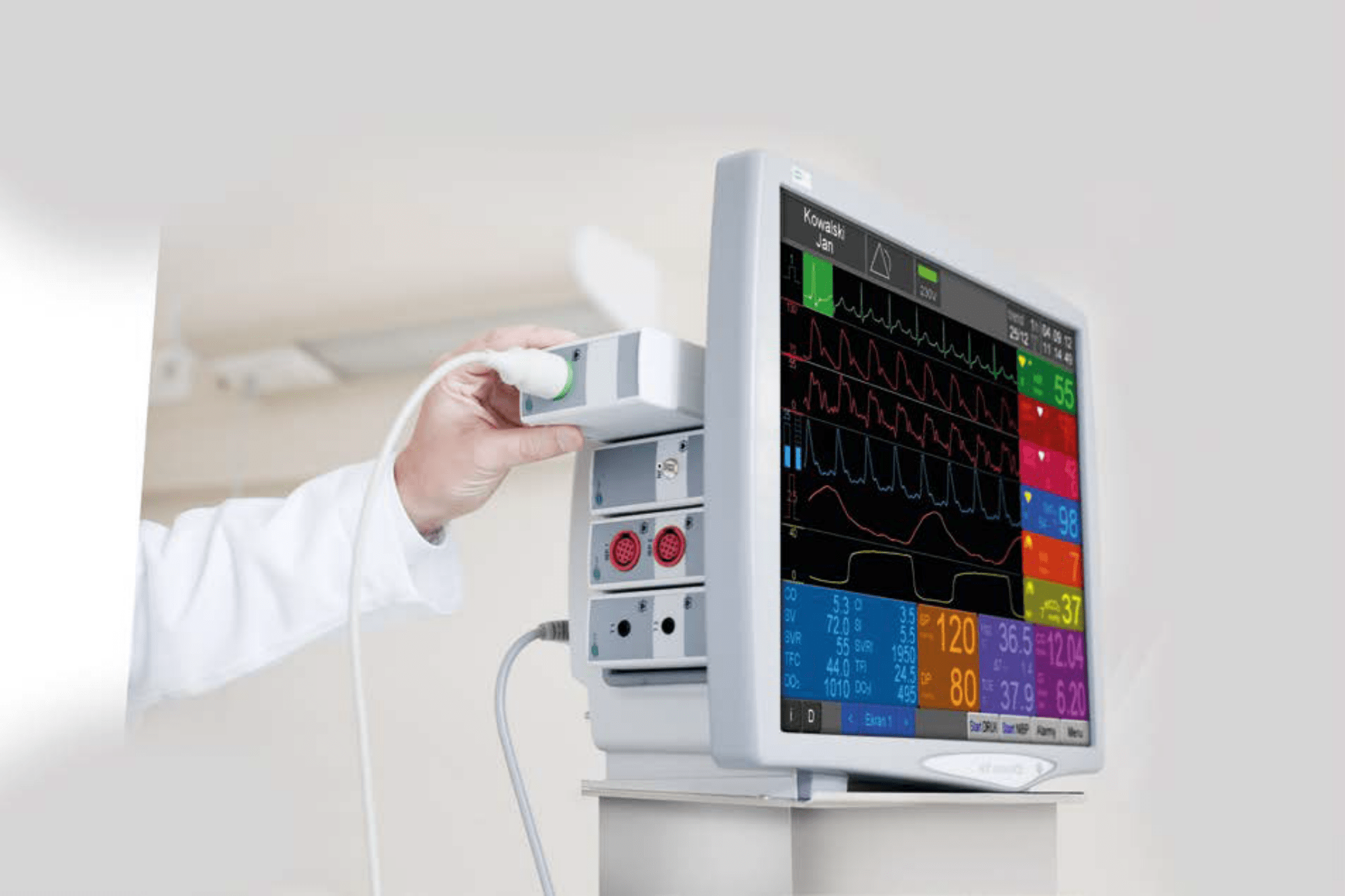
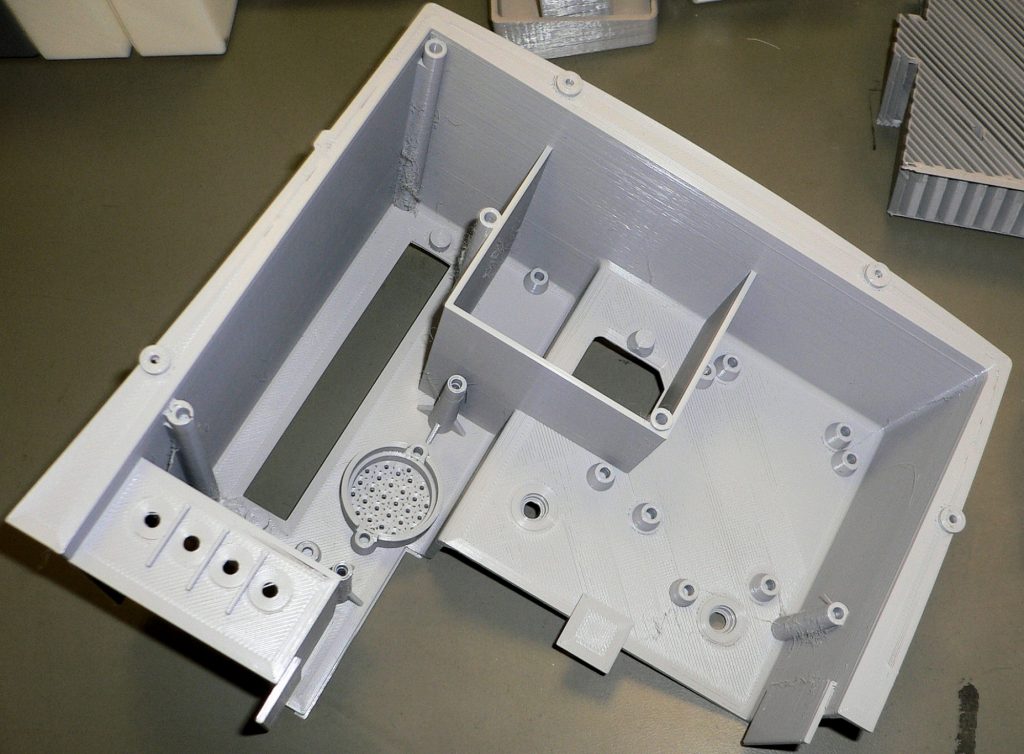
AMS-systems, specializing in machine design and manufacturing, incorporates 3D printers in its daily operations to craft casings for collection verification sensors. Subsequently, Pick-to-Light systems are mounted to production stages.
The primary objectives of utilizing 3D-printed housings are optimizing sensor assembly and enhancing the stability of Pick-to-Light sensors.
Previously, the housing element, specifically the thread, faced inaccuracies when produced by external companies, leading to issues with component fitting. This resulted in customer complaints and additional replacement costs. The introduction of housing printing significantly improved the stability of the sensor and augmented its mechanical strength.
The integration of 3D printers in the production process not only optimized sensor assembly but also expedited machine completion, allowing the fulfillment of customer orders up to 7 days faster. This reduction in turnaround time positively impacted customer satisfaction and operational efficiency.
Bocar, a manufacturer specializing in fire-fighting vehicles, employed the 3DGence INDUSTRY F340 to craft a life-size 3D model of a manifold in a 1:1 scale. This approach enabled the company to assess the ergonomics, functionality, and durability of the prototype through actual assembly.
In the field of rapid prototyping, achieving perfection, especially concerning ergonomics, remains a big challenge. However, leveraging the capabilities of the 3D printer, Bocar successfully generated a model that closely mirrors the anticipated real details. This capability empowers various departments within the company to introduce specific modifications even in the early stages of design.
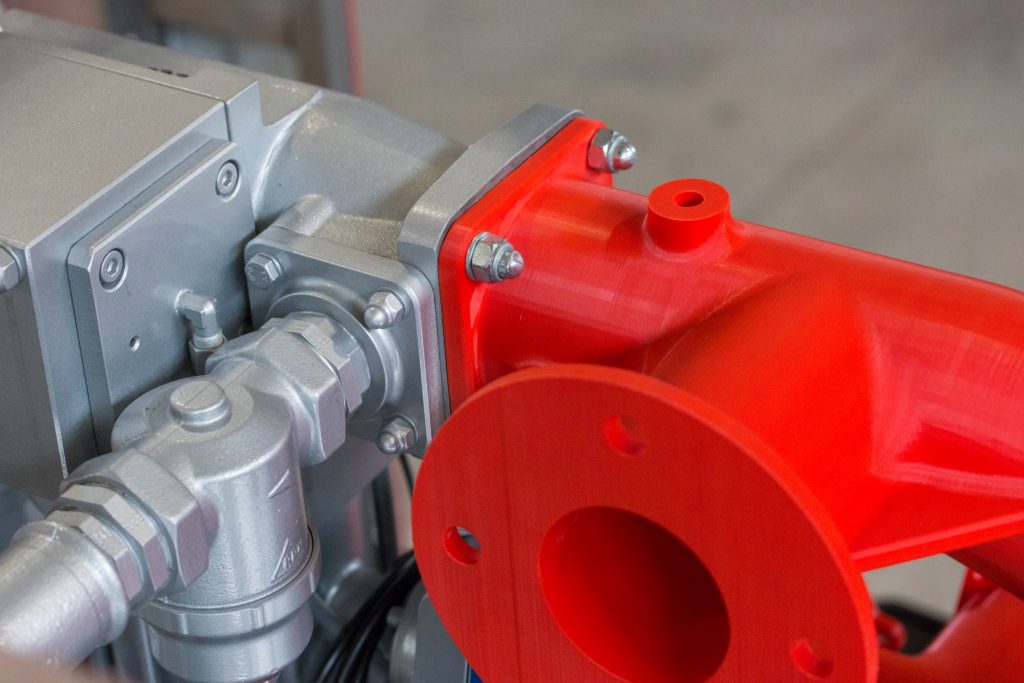
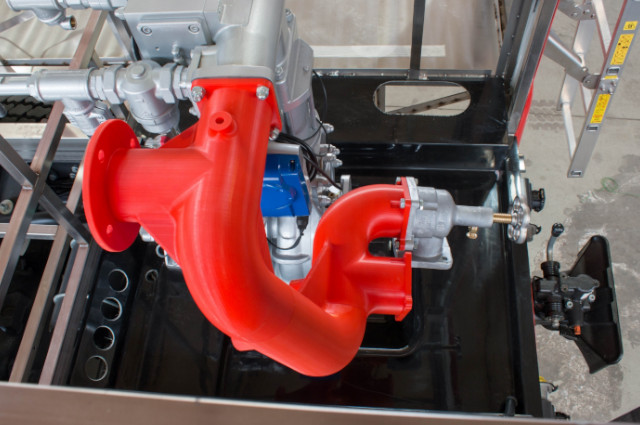
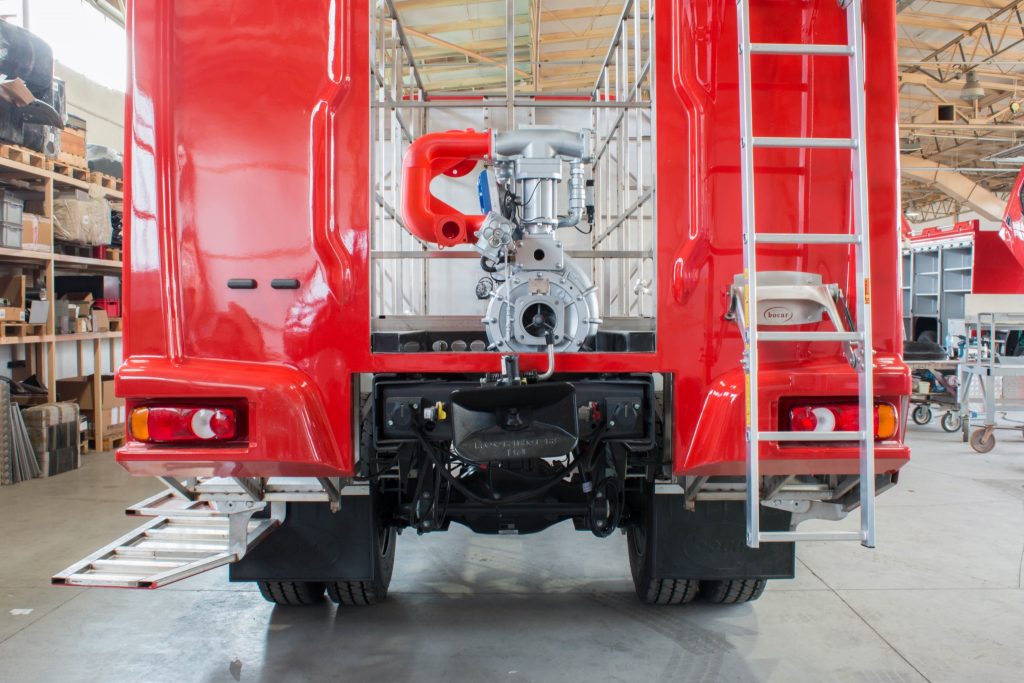
MB Aerospace, a manufacturer specializing in components for aircraft engines, integrates 3D printers to manufacture expansion sleeves for lathe tools. These sleeves play a crucial role in securing aircraft parts during the machining process.
The conventional production of parts and prototypes using CNC machines entails high costs and protracted project implementation timelines. The adoption of 3D printing technology by MB Aerospace has resulted in a reduction of production costs and a notable acceleration in the production of essential parts.
Moreover, 3D printing is a pivotal component of the testing phase for new solutions. Before commencing work on elements, prototypes are created, and machining tests are conducted on CNC machines. This process allows for the examination of kinematics and all movements of the machine within the 3D-printed prototype. Once the correct component has been refined, the entire process is prepared, the machine is calibrated and thus the risk of inaccurate settings is significantly reduced. This comprehensive approach exemplifies how 3D printing enhances precision, efficiency, and cost-effectiveness in tooling design and testing within the aerospace manufacturing sector.
FAMUR Group, a machinery producer for extractive industries, has introduced a novel approach by utilizing 3D printing technology to create life-size mock-ups of their machines, some of which can weigh several tons. Opting for ABS plastic material facilitated further processing of the models, including smoothing and painting.
The deployment of industrial 3D printers INDUSTRY F340 enabled the production of lightweight, sturdy, and precise mock-ups. The incorporation of 3D prints with an RFID reader adds an interactive dimension, allowing the display of detailed specifications for the machines.
This strategic use of 3D printing for industrial mock-ups emerges as a straightforward and cost-effective solution, eliminating the need for transportation. It provides FAMUR Group with the capability to showcase their machines to customers and investors, contributing to enhanced engagement and understanding of their machinery.
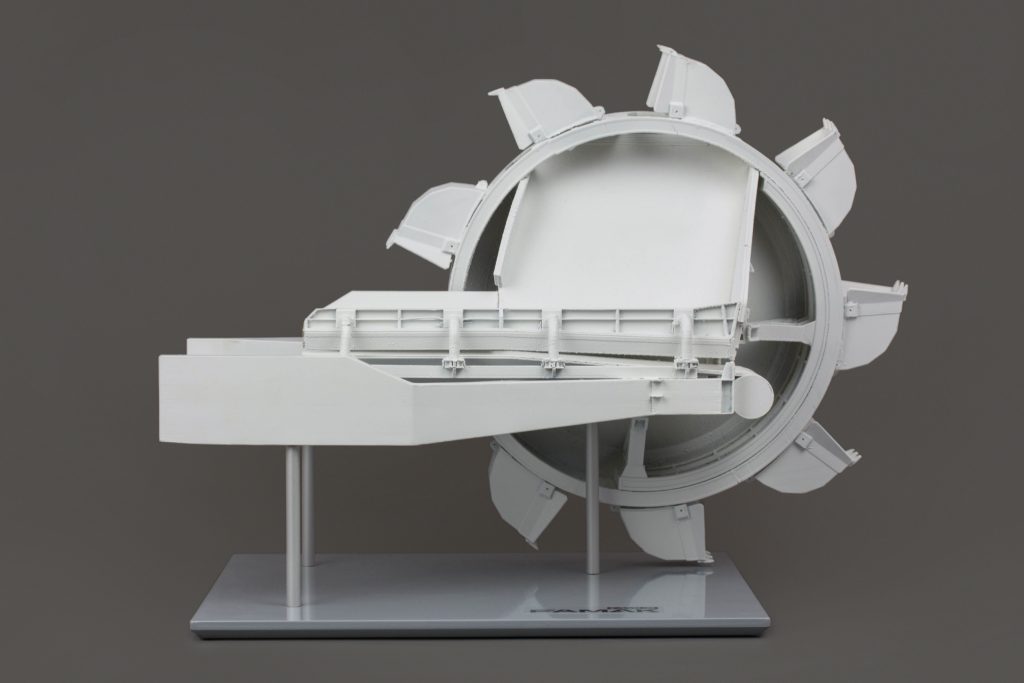
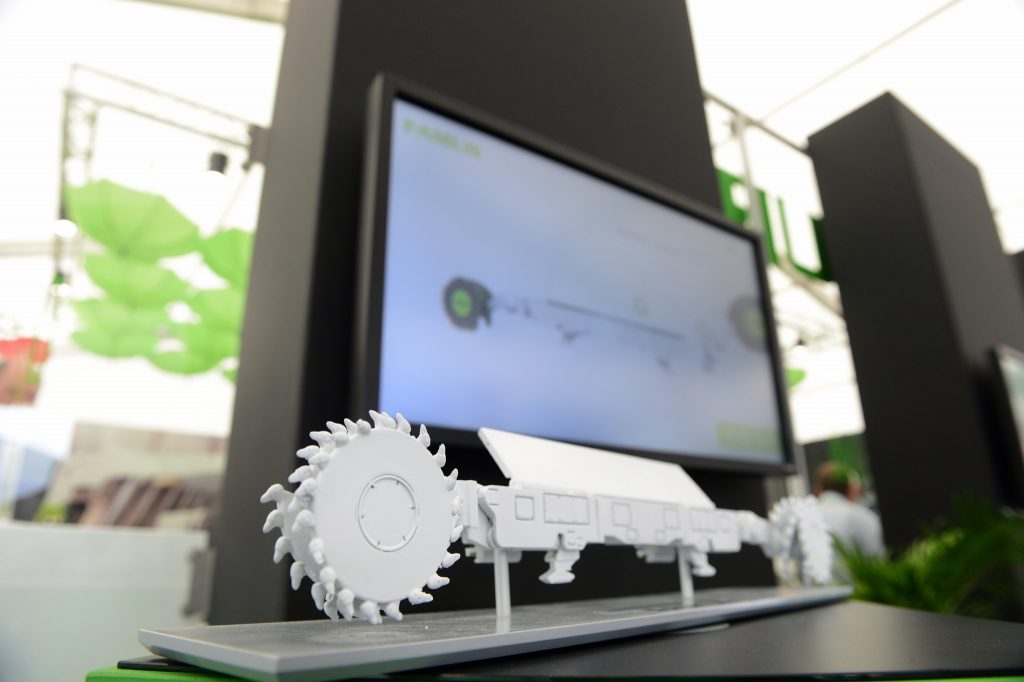
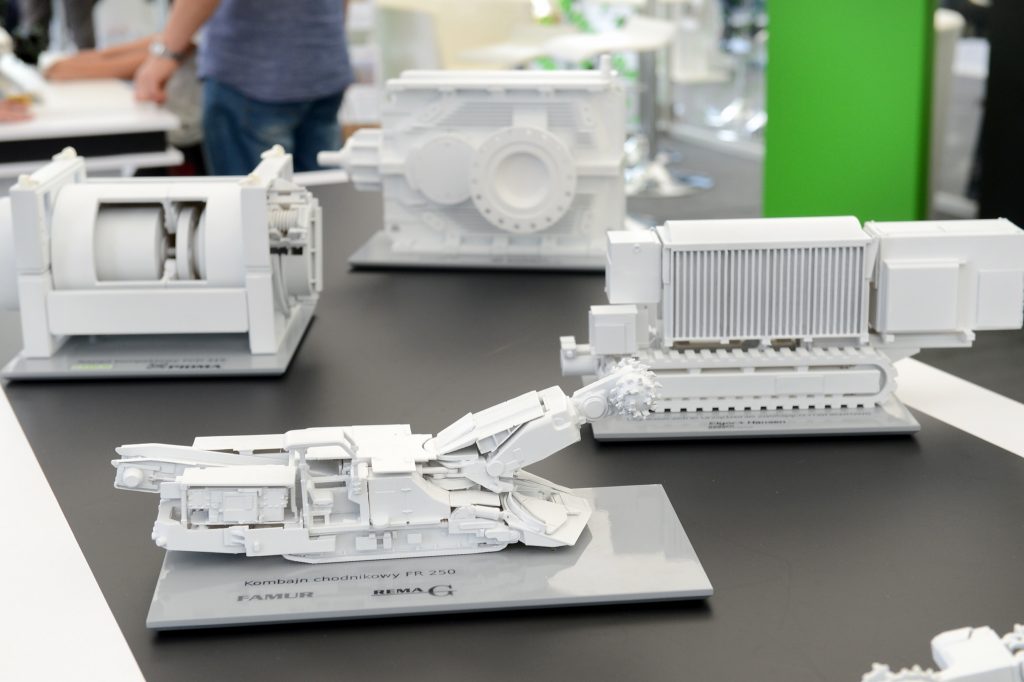
AGH Racing, a student research group affiliated with the AGH University of Science and Technology in Krakow, is dedicated to the construction of Formula Student racing cars. To produce various parts for these high-performance vehicles, the engineers at AGH Racing employ the 3DGence INDUSTRY F340 3D printer. Among all, they utilized this technology to create a prototype of a steering knuckle, a crucial component in the suspension system of a racing car.
The 3D printout served as a tool for examining the design topology of the steering knuckle, with the overarching goal of reducing weight and enhancing the element’s stiffness. Traditionally, knuckles are crafted from aluminum through milling processes. However, when significant changes in geometry are introduced, the complex shape becomes challenging for conventional machining methods.
Using 3D printing technology empowered the students to obtain a prototype of a knuckle with advanced geometry in just 2 days and at a remarkably low cost. This approach showcases the efficiency, speed, and cost-effectiveness that 3D printing brings to the design and construction processes of high-performance racing cars.
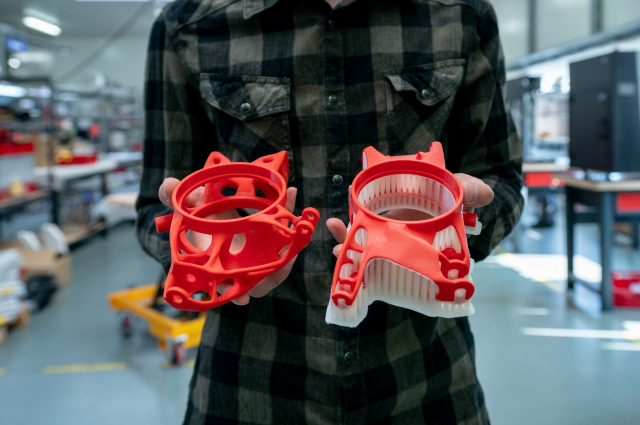
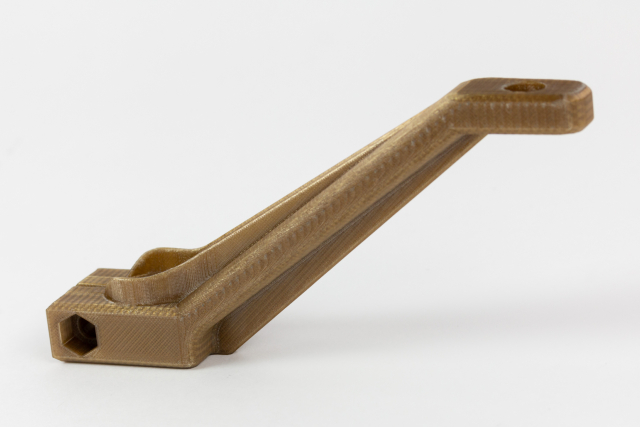
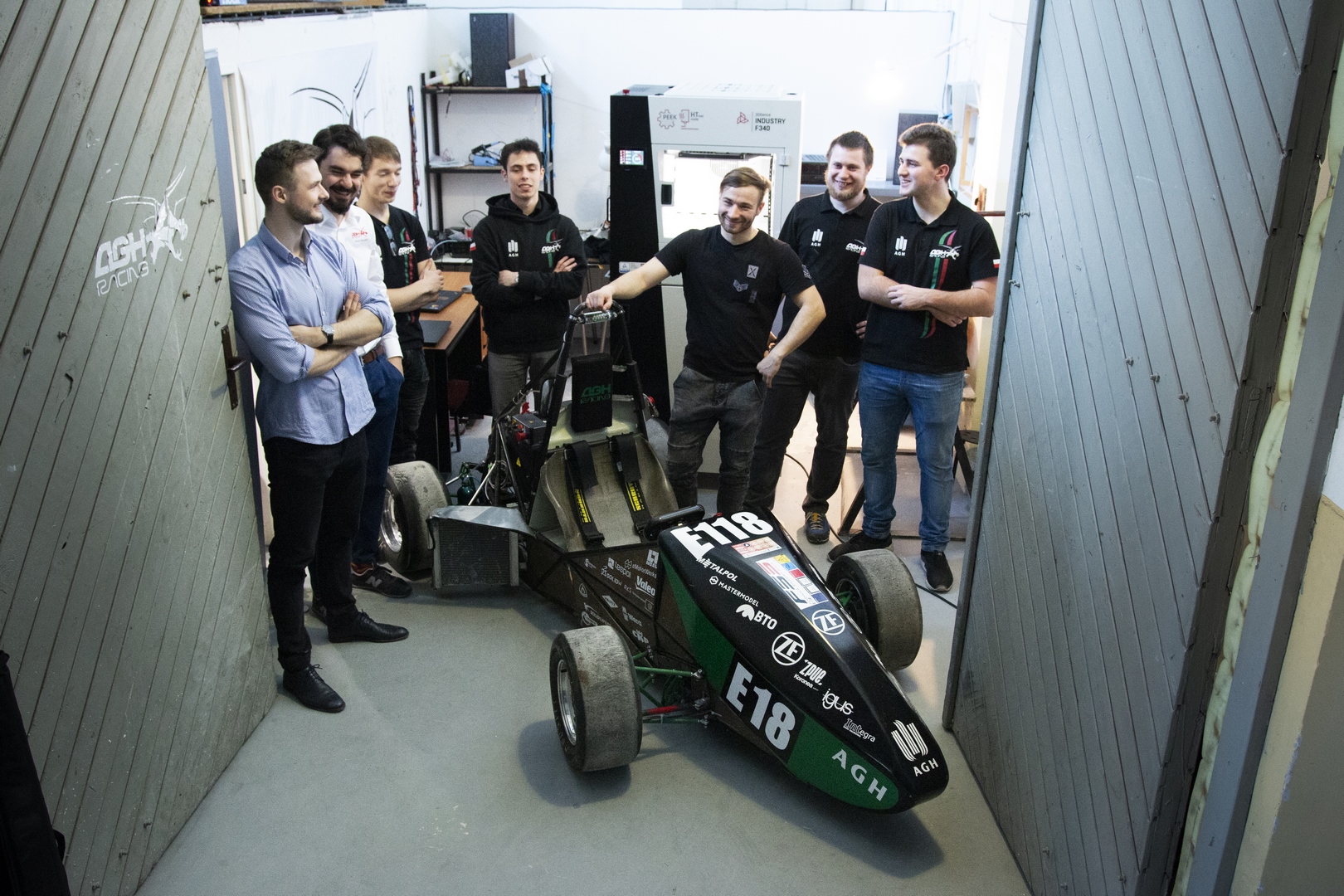
AJmaker, a company specializing in mecanum wheels crucial for mobile robots, recently launched a new model of these wheels. In the prototyping and testing phases, they leveraged 3D printers provided by 3DGence.
The application of 3D printing technology played a key role in the verification and improvement of the designed wheel model. This approach facilitated the rapid introduction of new products in a more efficient and cost-effective way compared to conventional methods. The ability to verify individual stages of the project is crucial during research and development work, helping to avoid costly mistakes, especially in the prototyping stage.
When considering alternative prototyping technologies, the cost was significantly higher, primarily due to the complex geometry of the wheel, comprised of 12 elements, with 9 of them made of rubber. The adoption of 3D printing not only streamlined the testing process but also contributed to cost savings, making it a valuable tool for innovation and product development in the field of mobile robotics.
Pure Power Sources, a company engaged in the production of various elements for manufacturing lines, has adopted 3D printing technology for making of plastic dies used in production processes. These dies serve as integral components for basing or inspecting products on the production line.
Before acquiring a professional FFF (Fused Filament Fabrication) machine, the company encountered challenges. The market for die plates was highly competitive, with similar technologies being utilized by other manufacturers, resulting in comparable pricing. Additionally, the production of prototypes for elastomeric parts using milling machines proved to be expensive and occupied machines that could otherwise be allocated to different orders.
The decision to invest in 3D printing technology emerged as an optimal solution for Pure Power Sources. At present, the company employs 3D printing to manufacture durable and damage-resistant dies with intricate and complex geometries. This strategic use of 3D printing has not only enhanced the competitiveness of the company in the market but has also provided a cost-effective and efficient means of producing dies with specific and challenging designs.
FPV Polska uses FFF 3D printing technology to manufacture essential components for its drones, particularly focusing on creating protective housing for aerial vehicles. This housing serves the crucial purpose of shielding internal components from mechanical damage. Given the small-scale production runs, the company aimed at cheaper and more economical solutions than expensive conventional manufacturing methods.
Utilizing 3D printing, the housing was created using a material reinforced with carbon fiber, enhancing both rigidity and durability. The printouts exhibited a lightweight and robust construction, too. This approach provided FPV Polska with the flexibility to easily integrate a camera, LEDs, and an alarm system into the housing. Following preliminary tests, the prototype successfully passed an impact test, showcasing the resilience and reliability achieved through the combination of 3D printing and advanced materials like carbon fiber. This method not only addresses specific design requirements but also offers a cost-effective solution for small-batch production in the drone manufacturing industry.
